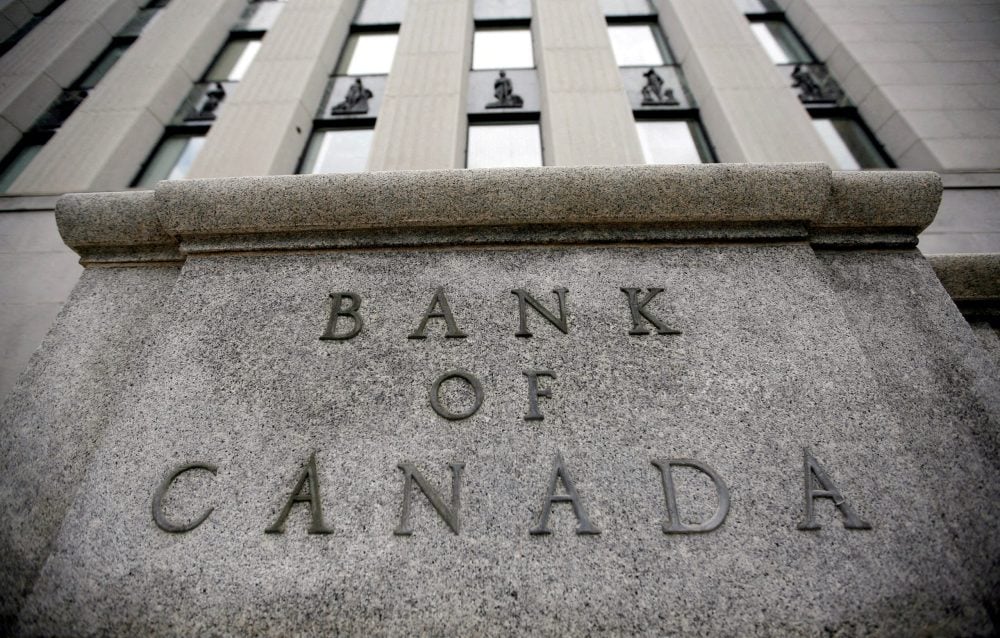Canada annual inflation rate falls, but rise in core measures is tricky for central bank

Ottawa | Reuters — Canada’s annual inflation rate fell to 1.7 per cent in April due to a drop in energy prices, but analysts said a rise in closely watched core measures would make life hard for the Bank of Canada as it ponders its next rate move.
The overall inflation rate fell from 2.3 per cent in March after the removal of a federal consumer carbon tax, Statistics Canada said on Tuesday.
Analysts had forecast the annual rate would ease to 1.6 per cent while the Bank of Canada last month predicted it would fall to about 1.5 per cent, mainly due to the removal of the carbon tax and lower crude prices.
Read Also

China’s April soy imports from Brazil fall 22.2 per cent from previous year
China’s soybean imports from Brazil fell 22.2 per cent in April from a year earlier, data showed on Tuesday, as harvest delays, logistics issues and prolonged customs clearance disrupted shipments.
Effect of tariffs difficult to predict
After seven consecutive cuts since last June the Bank held rates on April 16 while saying it would be ready to move decisively if needed to keep inflation under control.
The bank – which is due to unveil its next rate decision on June 4 – says the effect of U.S. tariffs is hard to predict, while noting the measures in place are already hurting the Canadian economy.
The bank pays particular attention to the core measures of inflation, which strip out the prices of more volatile items and do not take into account the removal of the carbon tax.
CPI median, which shows the median inflation rate across CPI components, rose from 2.8 per cent in March to 3.2 per cent in April, the highest since March 2024.
CPI trim, which excludes upside and downside outliers, edged up from 2.9 per cent to 3.1 per cent, also a 13-month high.
“Signs of renewed weakening in the economy on one hand … but stronger core inflation on the other makes for a tough decision for the Bank of Canada,” said Andrew Grantham, senior economist at CIBC Capital Markets.
Odds for rate cut dip
The odds for a rate cut dipped to 40 per cent from 65 per cent before the release, currency swap market bets showed.
Overall energy prices plunged 12.7 per cent last month from April 2024 as gasoline prices fell by 18.1 per cent from a year earlier, while year-over-year prices for natural gas dropped 14.1 per cent.
Consumers, though, paid 3.8 per cent more for groceries than they had done a year previously, up from 3.2 per cent in March. Year over year, prices for travel tours rose 6.7 per cent in April.
On a month-by-month basis, inflation dipped by 0.1 per cent compared to analysts’ forecasts of a 0.2 per cent drop.
Andrew Kelvin, head of Canadian and global rates strategy at TD Securities, said the data right now did not suggest the bank needed to cut rates.
“But obviously the significant uncertainty around trade tensions would be supportive of additional fiscal signals, so it creates a very difficult balance,” he said.
The Canadian dollar strengthened 0.1 per cent to C$1.3930 to the U.S. dollar, or 71.79 U.S. cents.
The inflation figures were the penultimate major release before the June 4 rate announcement. Statscan is due to publish first quarter GDP figures on May 30.
— Additional reporting by Fergal Smith and Nivedita Balu in Toronto
Source: Farmtario.com


